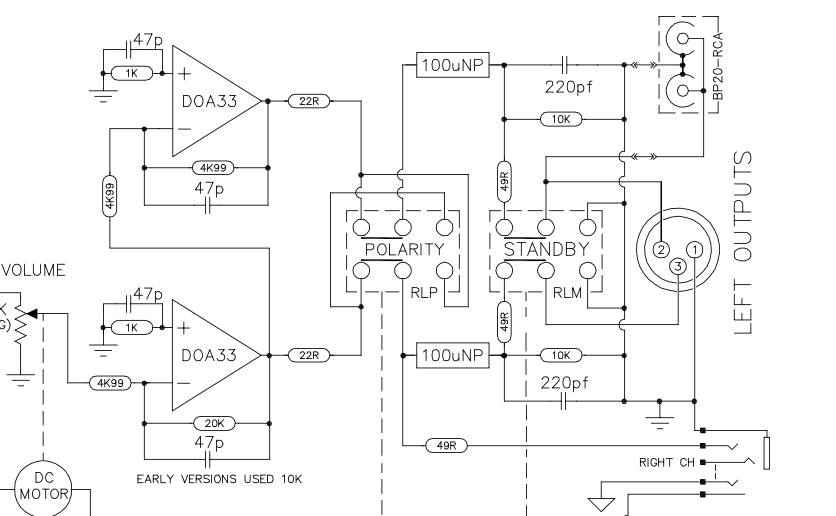It's just another option when space is limited. Definitely worth to try.What about using (small) bypass filmcaps parallel to electrolytic capacitors instead of more expensive films caps of higher values (100 uF)?
https://www.head-fi.org/threads/orgy-of-capacitors-the-cap-thread.284863/post-18562078
I suggest Vishay 1837 0.1uF

























